Crista de Galo: a serrated half-moon
Add MyTrip

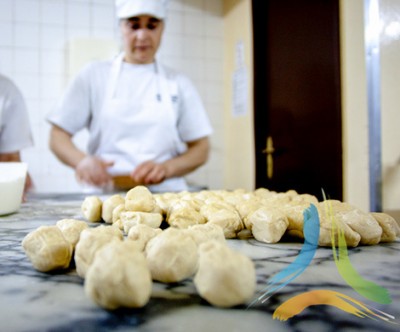
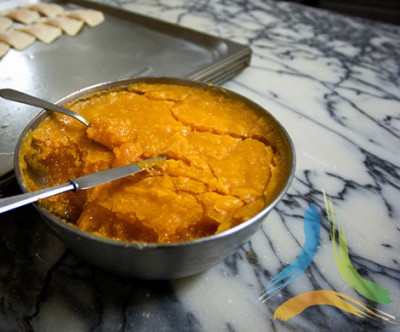
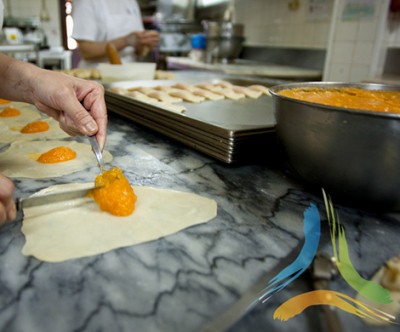
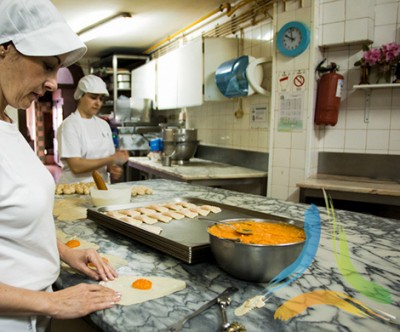
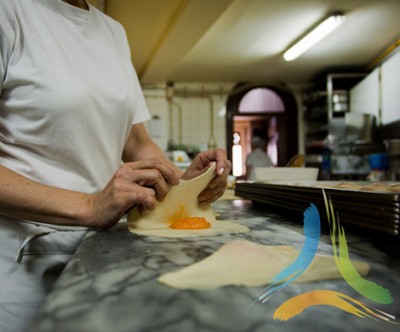
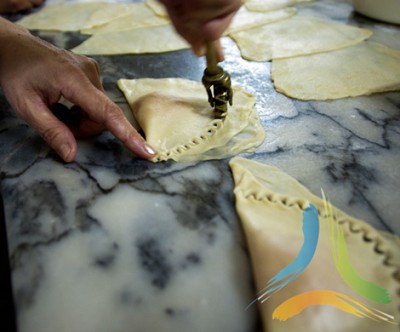
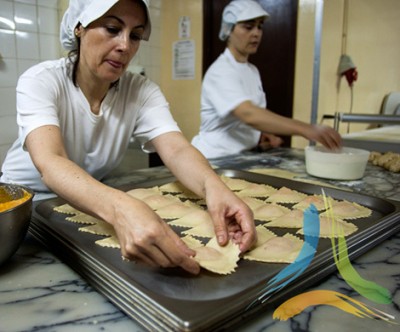
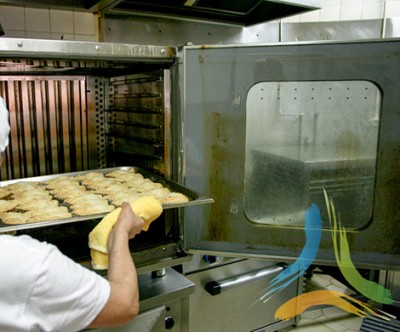
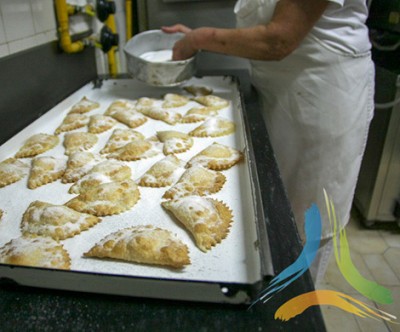
41.29572008204307
-7.744867467926042
Crista de Galo: a serrated half-moon
It only needs a closer look at the format to understand why, one day, the kids started calling it a "cockscomb". Formerly known as a bacon pastry, this sweet now has a new name due to obvious similarities it has with the fleshy...
Presentation
It only needs a closer look at the format to understand why, one day, the kids started calling it a "cockscomb". Formerly known as a bacon pastry, this sweet now has a new name due to obvious similarities it has with the fleshy crest that distinguishes the rooster.
The recipe is based on egg yolk and almond, and comes from the famous Convent of Santa Clara, the shrine of Vila Real sweet pastries. This convent delight, shaped in a half-moon, is a gastronomic reference for the district capital.
Sugary devotion
The history of the crista de galo can only be told in the light of the story of the Convent of Santa Clara. It was in this institution that the nuns created the recipes for a number of sweets, including the bacon pastry eaten in the convent on Fat Thursday, immediately after Carnival.
Apart from the nuns themselves, some members of the public were also allowed to taste such great delights. The lucky ones were the members of the Town Council, the Judges and others who supported the convent.
These honours were scheduled for the eve of the feast of Santa Clara, Palm Saturday and on the day of the patriarch of the Rule of São Domingos, the days when the servants left the convent carrying trays and bowls, to distribute the delicacies.
It was precisely through one of these servants, Maria Ermelinda Correia (who later became Sister Imaculada de Jesus) that the recipe left the convent and came into the hands of the Cramez family, the owners of Casa Lapão.
"We are the fourth generation to produce cristas de galo. They appeared in Casa Lapão through a seamstress who worked for the Convent of Santa Clara and for my great-grandmother. She introduced the convent sweets and the old recipes into Casa Lapão," says Rosa Cramez, faithful retainer of these magic formulas.
Age-old methods
These days, the sweetmeats are still made by hand, keeping all the manual processes of yesteryear. As in the old days, the small balls of dough are still rolled out with wooden rolling pins and the filling of this delicacy is still done with the same devotion. Cutting the dough is done with the help of a crescent-shaped serrated tool, in precisely the same way as was done by the hands of the devout Poor Clares.
The result is a whitish yellow delicacy with a fine texture, whose name comes from its shape and serrated edge. "It was children who christened it with their customary imagination. Our pastries have those spikes which the children associated with the bird and the new name stuck." Be that as it may, some of the older people don’t agree with this change and there are even some who consider it to be disrespectful to history.
Whether or not you like the name, it seems that there’s general agreement about the pastry itself. Proof of this is the fact that, of all the sweetmeats that are for sale in the bakery, this sells the most. For this reason, about 40-50 dozen are made daily. "It's our most successful product. It’s also my favourite for its flavour, but also because it lasts. It doesn’t need to be put in the fridge, and it can keep for two weeks or more without going off. The only thing that dries out is the dough; the filling remains unchanged," Rosa Cramez explains.
The crista de galo is available all year round for visitors to Vila Real to have the chance to indulge themselves. "For us, it’s important that we notice those who come back often and seem to like what they taste. They consider the crista de galo a wonderful product. Its great value is really in its flavour."
In fact, the texture and contrast of flavours seem to be something of a surprise. "The pastry outside doesn’t take any sugar and the pastry inside takes quite a lot. So, this very sweet and not so sweet texture gives them completely different characteristics. Furthermore they are not fried, but baked in the oven, which is an interesting feature," she adds.
Text: Patricia Posse | Daniel Faiões
Schedules/Prices
Mon-Sat: 8:30 am-7pm / Sun: 8:30 am-1pm and 3pm-7pm
Contacts
Address
Casa Lapão – Especialidades Regionais de Doçaria, Lda
Rua da Misericórdia 53/55,
5000-653 Vila Real
Casa Lapão – Especialidades Regionais de Doçaria, Lda
Rua da Misericórdia 53/55,
5000-653 Vila Real
Phone
+351 259 324 146
+351 259 324 146
Cellphone
+351 918 070 397
+351 918 070 397
Latitude
41.29572008204307
41.29572008204307
Longitude
-7.744867467926042
-7.744867467926042












